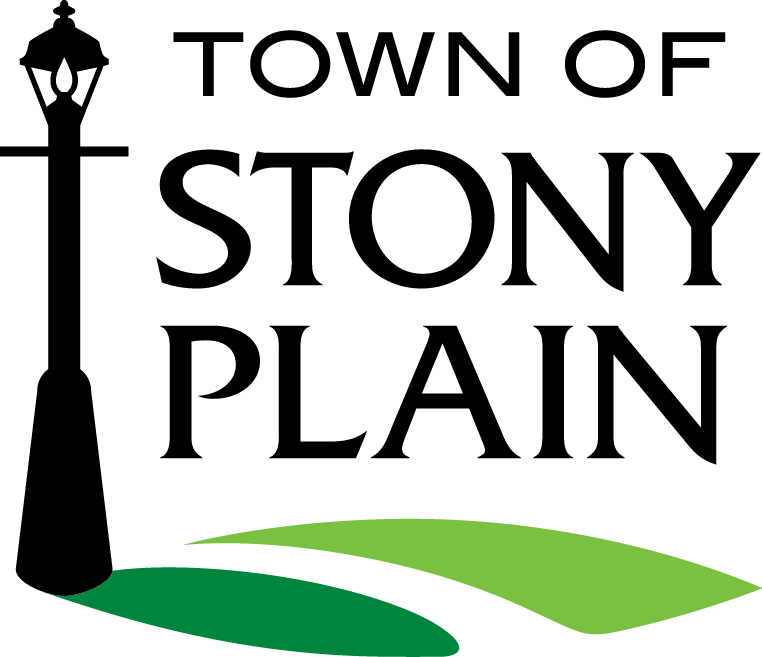Black Knot Disease - Time To Cut It Out.
What is Black Knot?
Black Knot, caused by the fungus Apiosporina morbosa, is a very common disease in plants. A survey in Alberta revealed a significant and widespread distribution of Black Knot found in commercial, municipal, private and natural plantings. This disease reduces the aesthetic value of affected specimens, as infections spread rapidly; high levels may result in the eventual death of the plant. Initially, a small, olive-green gall or swelling will develop at a succulent growing point or fruit spur (as a result of spores landing and infection taking place). This swelling will grow until it is mature after 2-3 years. The mature galls are hard, black, 10 to 15 cm (4 to 6 inches) and may be somewhat ruptured. Mature galls will produce and release a vast amount of spores during the bloom period, resulting in a rapid increase in infections. The fungus continues to grow internally and externally, with the branch eventually becoming girdled and dying.
What can be done to control Black Knot?
Removal of sources of inoculum (prevents population build up)
- Prune out all knot-bearing branches during late fall, winter or very early spring when plants are dormant and knots are easy to see. It is recommend to prune between October and March.
- Remove infected branches to at least 15-20 cm (6-8 inches) below knot. NOTE: It is preferable to prune an infected branch further back to an appropriate location, such as a healthy collar, rather than leave a stub.
- As a precaution, cutting blades should be cleaned and disinfected after pruning, if possible, especially if cuts have been made through obviously infected material.
- For knots on scaffold branches or trunks that can't be removed, cut away diseased tissue down to good wood and at least 1 cm (1/2 inch) beyond the edge of the knot.
- Failure to remove branches beyond the internal growth will result in re-growth of the fungus.
- DISEASED WOOD MUST BE DESTROYED IMMEDIATELY (burned, buried or removed from site). Diseased knots can produce and release spores for up to 4 months after removal. Proper composting can help to accelerate the breakdown of infected materials.
- Do not place wood in your organics bin.
For more information on Black Knot check out this website Black knot | Alberta.ca.
If you see Black Knot present in your neighborhood, or on any of the pathways and parks around town you may submit a problem through Report a Problem - Stony Plain and the town will come to investigate.
Contact Us
Town Office: 780 963 2151
Public Works: 780 963 2469
Email Us
Monday-Friday
8:30 AM to 4:30 PM
Public Works After Hours Emergency Line
